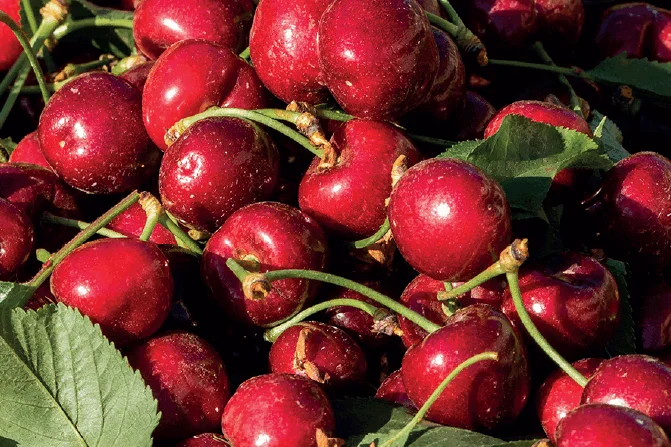Cherry production consultant, Arturo Aguirre Domínguez, emphasizes that this season the focus must be on the nutritional strategy and soil care. Fruit size, quality, and condition are not improvised: they are built from the ground up, with intelligent agronomic decisions.
Faced with an increasingly demanding industry and ever-narrower margins of error, the specialist in farm management and cherry production, Arturo Aguirre, issues a clear call: the success of this season will depend on how well we understand and respect the soil as the foundation of the production system.
With a technical and practical approach, he argues that without a well-designed nutritional strategy and an in-depth reading of each orchard, it will be very difficult to achieve the standards demanded by the market today.
Three C’s Strategy
Aguirre proposes tackling the season based on the concept of the “three C’s”: size, quality, and condition—fundamental pillars for competing in international markets and ensuring fair returns for producers.
“These three variables are closely linked to tree nutrition and, in particular, to soil health. Two of the three C’s depend directly on how much, how, and when we feed the orchard,” he states.
One of the specialist’s first recommendations is to start by knowing the orchard’s real productive potential. “Count the fruiting sites, read the trees, regulate the load through pruning. Everything starts there.
Pruning is not just a management practice: it is the first major thinning, and what we do—or fail to do—at that moment directly affects subsequent nutrition,” he warns.
Nutritional and vegetative management
The relationship between vegetative growth and nutrition is another key point. Aguirre stresses that more aggressive pruning tends to stimulate strong vegetative growth, which can unbalance the tree if not properly managed from a nutritional standpoint.
“The vegetative part is what competes the most for minerals. If we are not able to adequately meet this demand, the fruit pays the price. And it does not only lose in size but also in firmness and condition,” he explains.
In this regard, he suggests that the season’s nutritional reading must be twofold: a precosecha (pre-harvest) strategy to stimulate good fruit size and quality, and another postcosecha (post-harvest) strategy to ensure the formation of reproductive structures for the next campaign.
“We cannot think only about harvest. If we neglect the tree afterward, we compromise the following year,” he emphasizes.
Soil as a priority
In the same vein, the consultant’s strongest appeal is to put soil as the number one priority. “The best investment we can make is in the soil. It must be nourished, regenerated, cared for. That is where the orchard’s true wealth lies.
When the soil is healthy and balanced, the whole system responds better: the plant feeds well, produces better, and costs are reduced,” he argues.
At the same time, Arturo Aguirre believes that the biggest mistake is to focus exclusively on visible production without thinking about the tree’s future. “When we think only about the harvest, we neglect the spurs, the reproductive structures, the vegetative development needed for the next cycle. All of this is built now. Not later,” he warns.
Long-term vision
Aguirre concludes with a long-term vision, in which each season must be seen as a stage within a continuous process. “There are no magic recipes. Only well-thought-out strategies and decisions consistent with what the orchard requires.
The tree speaks, and so does the soil. We just have to learn to listen, because the root of the problem—and also of the solution—lies in the soil. Caring for and nourishing it means investing in the orchard’s productive future,” he concludes.
Source: Sustainable Agriculture of Rosario
Arturo Aguirre Domínguez
Fruit Consultant
Cherry Times - All rights reserved










